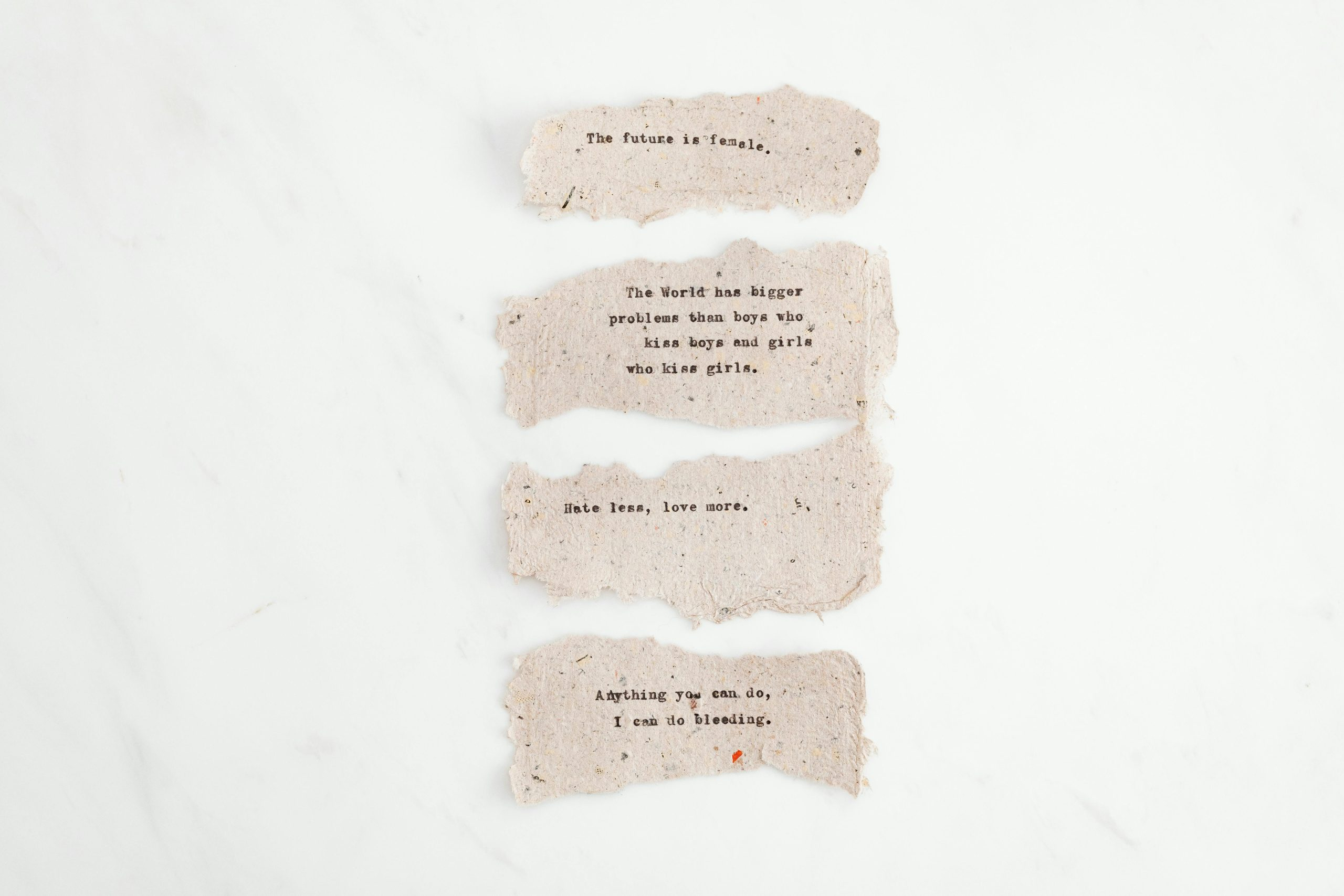A comprehensive guide to understanding different types of diamonds
When it comes to diamonds, there are seemingly endless options to choose from. From color to cut, size to clarity, the world of diamonds can often feel overwhelming and confusing. However, understanding the various types of diamonds and their defining characteristics can make the process of buying a diamond much more manageable. In this comprehensive guide, we will explore the different types of diamonds and provide you with the knowledge you need to make an informed decision.
The 4 C’s of Diamonds
Before diving into the different types of diamonds, it’s essential to understand the basics of what makes a diamond unique. The 4 C’s of diamonds, cut, color, clarity, and carat weight, are the standard grading categories used to assess and evaluate diamonds.
Cut
The cut of a diamond refers to its shape and how well it has been cut by a diamond cutter. Cut is perhaps the most crucial factor in determining a diamond’s overall appearance and is graded on a scale ranging from excellent to poor. A well-cut diamond will have a perfect balance of symmetry, proportions, and facets, resulting in its signature sparkle and brilliance.
Color
Diamonds are graded on a color scale from D to Z, with D being considered a colorless diamond and Z being a heavily tinted diamond. The color of a diamond is determined by the amount of yellow or brown tint in the stone. Colorless diamonds are the most valuable and desirable, while those with a strong yellow or brown tint are less valuable.
Clarity
The clarity of a diamond is a measure of its level of internal flaws or inclusions. Diamonds are graded on a scale from flawless to included, with flawless diamonds being the most valuable. Inclusions are often not visible to the naked eye and require magnification to be seen. A diamond with higher clarity will have fewer visible inclusions, making it more valuable.
Carat Weight
Carat weight refers to the weight of a diamond and is measured in carats. One carat is equivalent to 0.2 grams, and diamonds are typically sold in increments of 0.25 carats. As the carat weight of a diamond increases, so does its value. However, the other three C’s also play a crucial role in determining a diamond’s value, and a larger carat weight does not always mean a more valuable diamond.
Different Types of Diamonds
Now that we have a basic understanding of the 4 C’s of diamonds, let’s dive into the different types of diamonds you may encounter when shopping for a diamond.
Round Brilliant Cut Diamonds
The round brilliant cut diamond is by far the most popular and widely recognized type of diamond. This cut has 58 facets, allowing it to reflect light and produce the iconic “sparkle” that diamonds are known for. Round brilliant cut diamonds are considered a classic choice and are often the most expensive due to their popularity and demand.
Princess Cut Diamonds
The princess cut diamond is a square-shaped diamond with sharp corners and 76 facets. This cut is the second most popular and is a modern alternative to the round brilliant cut. Princess cut diamonds tend to have a lower overall carat weight than round brilliant cut diamonds of the same price.
Cushion Cut Diamonds
The cushion cut diamond is a square or rectangular diamond with rounded edges and a cushion-like shape. This cut has been around for centuries and was popular during the Victorian and Edwardian eras. Cushion cut diamonds have 58 facets and are known for their brilliance and color dispersion.
Emerald Cut Diamonds
The emerald cut diamond is a rectangular or square-shaped diamond with cut corners and fewer facets (usually 50 to 58). This cut is known for its long, elegant shape and its unique “hall of mirrors” effect resulting from its step-like facets. Emerald cut diamonds tend to have a lower sparkle factor but are prized for their clarity and color.
Heart Shaped Diamonds
The heart-shaped diamond is a symbol of love and is a popular choice for engagement rings. This cut is achieved by cutting a brilliant round diamond in half with a pointed bottom and a cleft at the top. Heart-shaped diamonds tend to be more expensive than other shapes due to the skill and precision required to achieve their unique shape.
Marquise Cut Diamonds
The marquise cut diamond is an elongated, oval-shaped diamond with two pointed ends. It has 58 facets and is known for its stunning sparkle and fire. This cut is a popular choice for those looking for a unique diamond shape at a lower cost.
Pear Shaped Diamonds
The pear-shaped diamond, also known as a teardrop diamond, combines the features of a round brilliant and marquise cut diamond. It has one pointed end and one rounded end and is praised for its elegant and sophisticated appearance. Pear-shaped diamonds tend to be more budget-friendly compared to round brilliant cut diamonds.
Oval Cut Diamonds
The oval cut diamond is a modified brilliant cut diamond and resembles an elongated version of the round brilliant cut. It has 58 facets and is known for its brilliant sparkle and elongating effect on the finger. Oval cut diamonds are a popular choice for engagement rings and tend to be less expensive than round brilliant cut diamonds of the same size.
Fancy Colored Diamonds
While most diamonds are colorless, some diamonds occur in vibrant colors such as yellow, pink, or blue. These are known as fancy colored diamonds and are incredibly rare and valuable. The color in these diamonds is caused by the presence of trace elements such as nitrogen or boron during the diamond’s formation process.
In Conclusion
As you can see, there are many different types of diamonds to choose from, each with its own unique characteristics and qualities. When searching for the perfect diamond, it’s essential to consider your budget, personal style, and desired characteristics. With this comprehensive guide, you now have the knowledge you need to navigate the world of diamonds confidently and select the perfect one for you.










